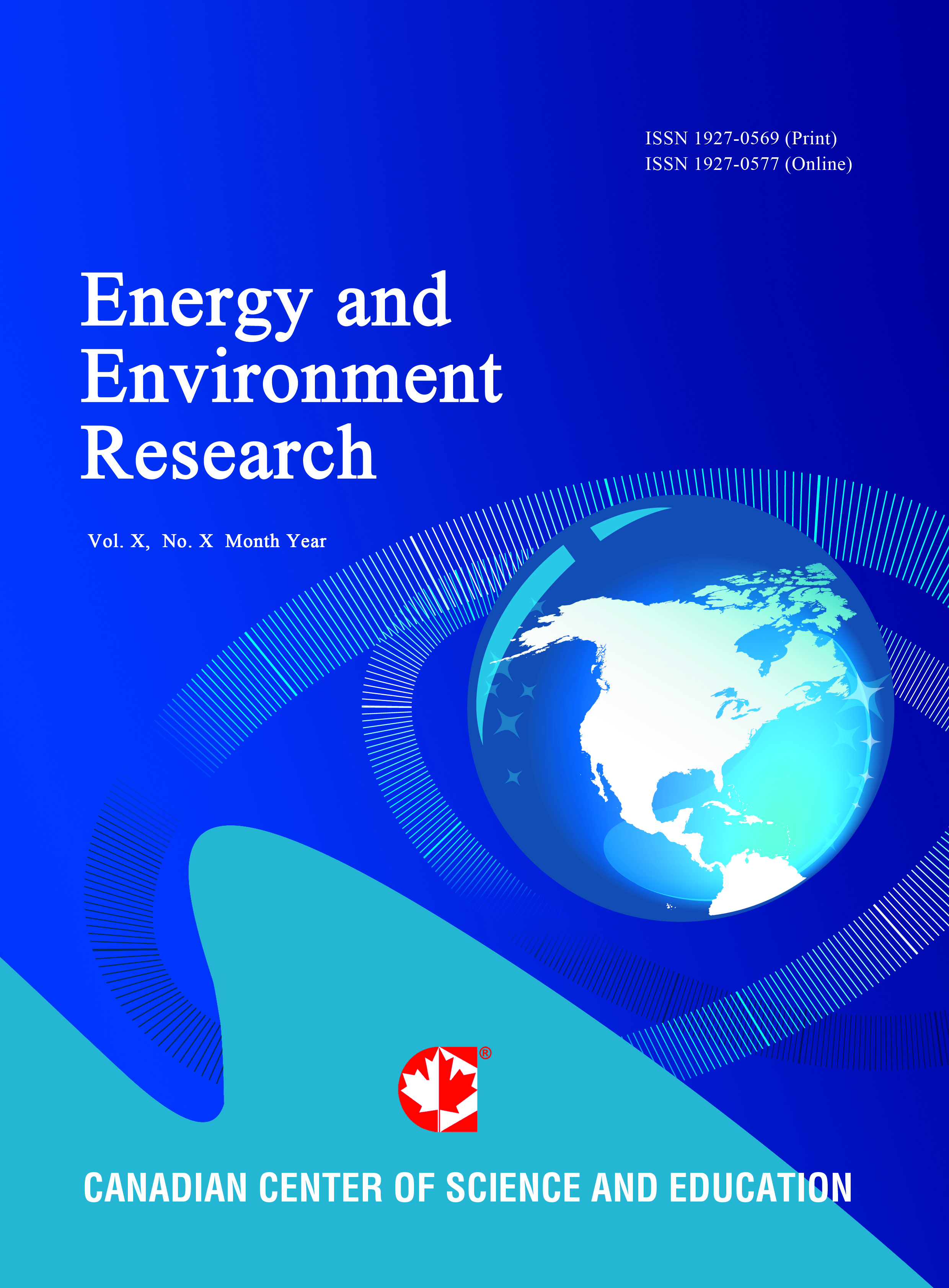Community Participation in the Community Nursery Program in Manokwari Regency, West Papua Province
- Jacob Manusawai
- Eva Herlina
- Ihwan Tjolli
- Rina N. Jowei
- Anton S. Sinery
Abstract
The purpose of this study is to determine and analyze the degree of community participation in the Community Nursery (Kebun Bibit Rakyat-KBR) program in Wasai Village and Arfai I Village, the district of South Manokwari, in the Manokwari Regency. Also this study aims to identify the factors that influence the level of community participation, and then formulates several management efforts to improve community participation in the program. The result found that communities that get involved in the KBR program are community groups of various types of professions, ethnicities and genders. The level of community participation in the KBR program is included in the high category for the whole set of activities in the KBR. However, for activities related to technical knowledge on planting and administration, community participation was still low. The significant factor affects the successful implementation of the KBR program was the direct involvement of community leaders. The support and involvement of community leaders played an important role in motivating the community to actively age in the KBR program. In addition, financial benefits of the program for individuals and village communities became the other determining factor that motivated the community to actively join in the KBR program. The alternative formulation offered in the early preparation of KBR activities was the program socialization. The early information has to be designed more effectively, so that the community is able to understand the procedures for implementing the KBR program, especially activities related to technical knowledge. Moreover, the involvement of other community leaders was a concern for the implementation of the KBR program since they were considered as the role models of social communities. Finally, collaborative programs with multi-stakeholders would be a solution to provide multiple benefits for the community as part of regional and national development goals.
- Full Text:
 PDF
PDF
- DOI:10.5539/eer.v10n1p1
Journal Metrics
(The data was calculated based on Google Scholar Citations)
h-index (July 2022): 19
i10-index (July 2022): 53
h5-index (July 2022): N/A
h5-median(July 2022): N/A
Index
- BASE (Bielefeld Academic Search Engine)
- CiteFactor
- CNKI Scholar
- Elektronische Zeitschriftenbibliothek (EZB)
- Excellence in Research for Australia (ERA)
- Genamics JournalSeek
- Google Scholar
- NewJour
- Norwegian Centre for Research Data (NSD)
- PKP Open Archives Harvester
- Publons
- ROAD
- SHERPA/RoMEO
- Standard Periodical Directory
- Ulrich's
- Universe Digital Library
- WorldCat
Contact
- Lesley LuoEditorial Assistant
- eer@ccsenet.org
